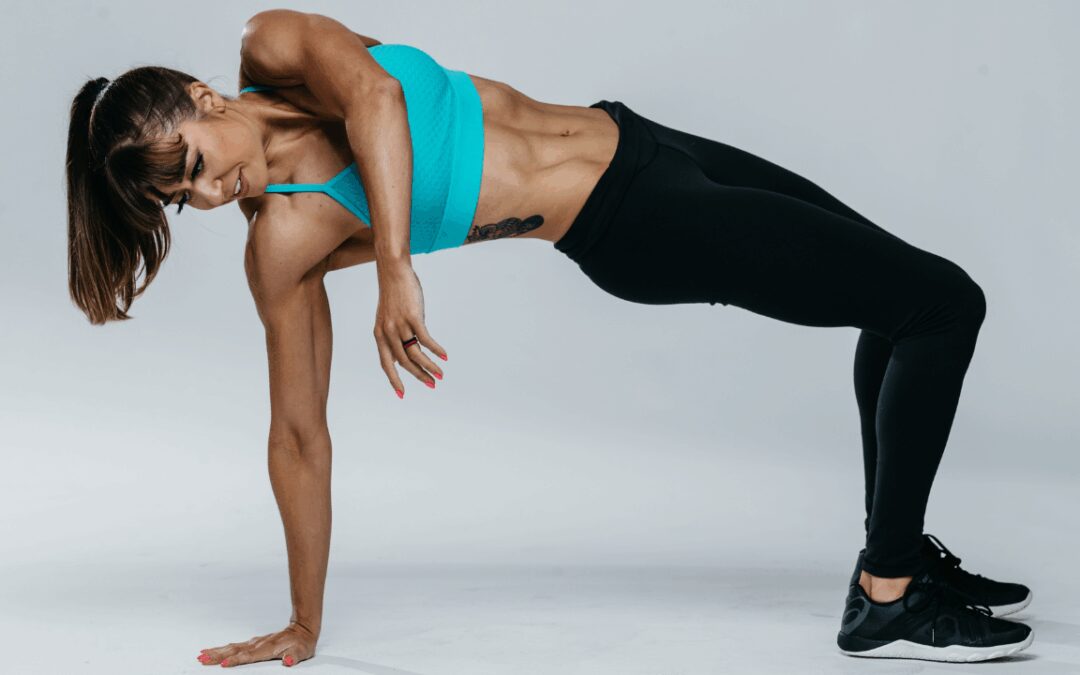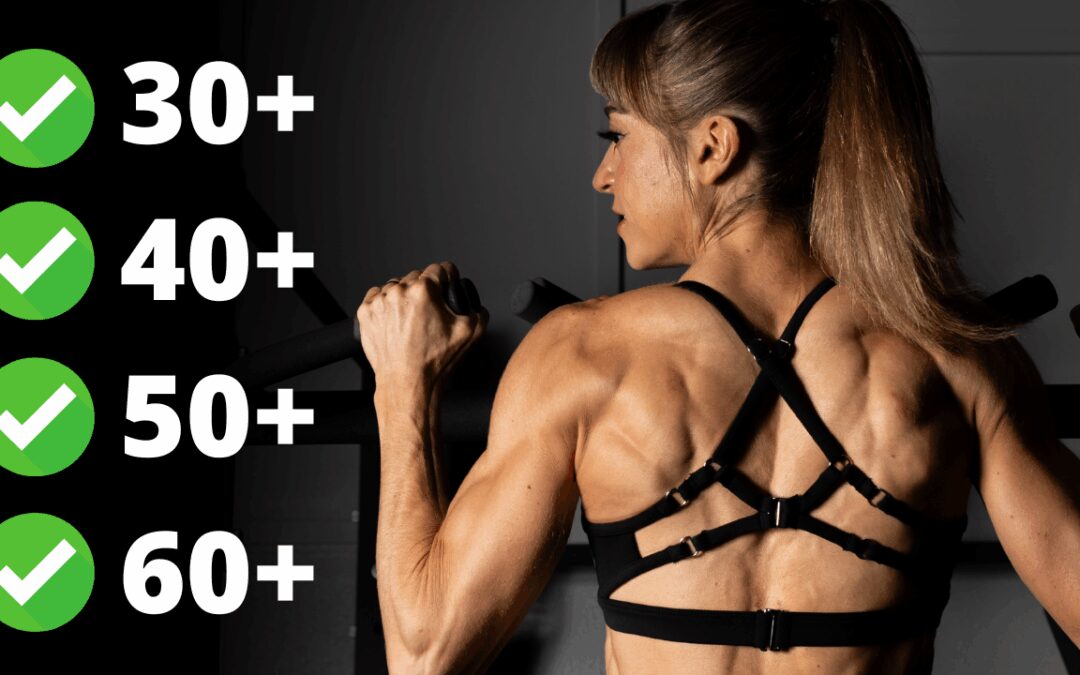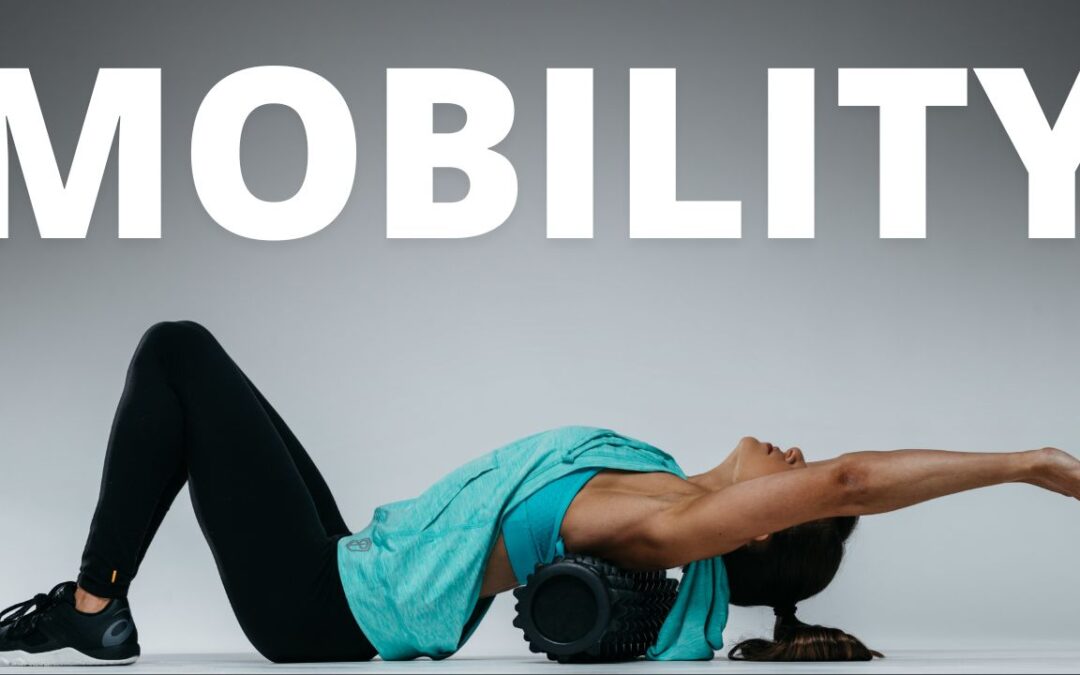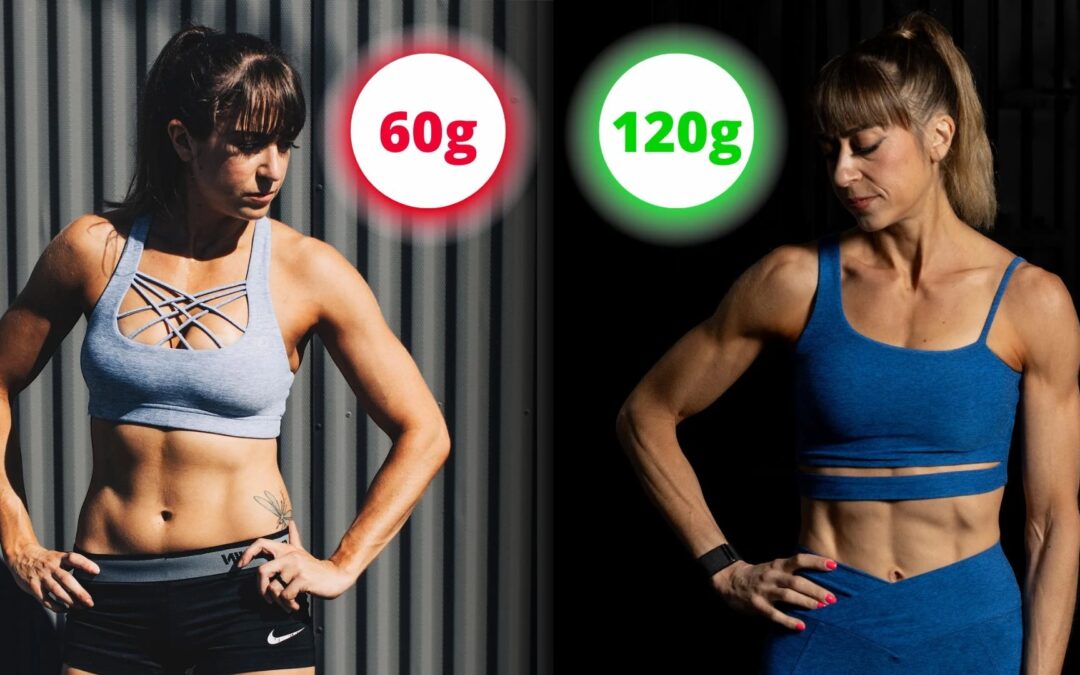
by Cori Lefkowith | Nov 11, 2025 | Blog, Bodyweight, Butt, Core, Exercises, Functional Fitness, Pain Relief, Stretches
This move looks like something out of the exorcist… And kind of reminds me of wringing out a towel… But despite its odd look, it is probably one of the most fabulous stretches and activation moves out there. It’s one of my go-to warm up moves when I’m pressed for...

by Cori Lefkowith | Nov 2, 2025 | Blog, Bodyweight, Exercises, Functional Fitness, Pull Ups, Workouts
Every woman should be able to do ONE unassisted pull up. Bold statement? YUP! But hear me out because I say this knowing this move is deceptively difficult. And some of us may not even really “care” about being able to do one. But I want to explain why you should...

by Cori Lefkowith | Oct 26, 2025 | Blog, Exercises, Foam Rolling, Functional Fitness, Pain Relief
Most of us…well…slack on our mobility work until we HAVE to include it. We push through aches and pains… We skip our warm ups to get to the “good stuff” when we’re short on time… We rest injuries then jump right back into what we were doing… We even make the excuse,...

by Cori Lefkowith | Oct 19, 2025 | Blog, Diet
If you’re working to lose fat as you build muscle, you may have been told to increase your protein intake. And you should. But eating more protein isn’t just beneficial for body recomp… It’s also good for your health and staying functionally fit until your final day...

by Cori Lefkowith | Oct 12, 2025 | Blog, Diet
Tracking your food is the unsexy habit that actually helps you see results faster. And yes, everyone should be doing it. Now, I know what you’re probably thinking: “Tracking is restrictive. It’s obsessive. It’s not for me.” But here’s the truth…that belief is exactly...






